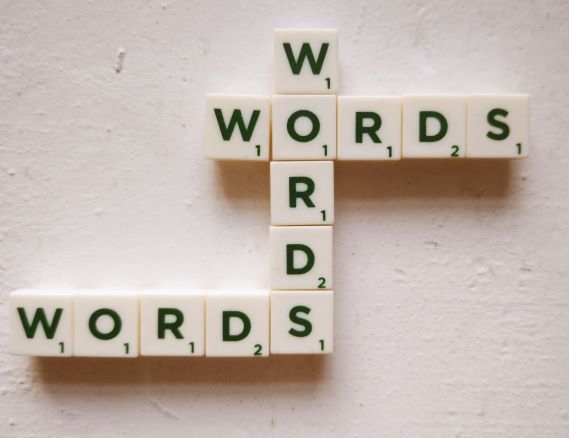
My primary group are now in their second year, around 7 and 8 years old and anywhere between A1 and A2, all mixed together. And, on top of that: cheeky, rowdy and creative. These have been our favourite vocabulary games this year.
Have you got any…?
Materials: a set of flashcards
Procedures: this game was inspired and very roughly modelled on the popular game ‘Go Fish’. I have already written about it here, in one of its versions. The main aim is to guess what cards the other teams or players have, by asking the appropriate question. I really like using ‘Have you got?’ because it matches pretty much any vocabulary set but there are other options possible. Please check out the post devoted to the Sheep Game.
What have you got for lunch?
Materials: a set of visuals, I use wordwall displayed on the screen, such as those here.
Procedures: the game starts with writing the key questions on the board. In the original form of the game these were: What have you got for lunch? Do you like it? Is it a good lunch for you? The teacher displays the pictures on the screen and asks the students the questions. Some of the lunch options are regular, some are crazy. Some look unusual but kids love them. The main aim of the game is to express opinion and to use the key words.
The first few times we play, we do it together, as a group but the idea is to get the kids used to talking about the pictures in pairs, so that everyone has a chance to express their opinion. This year I came up with the idea of The Cafe -we all sit at our tables, in pairs or threes and we have a little, quiet chat only with out partner, without disturbing anyone. And, surprise, surprise, my rowdy bunch did get the idea!
I have only used it with food so far but a new topic is coming up (clothes, animals) and I am planning to expand the activity with different questions.
Riddles
Materials: a list of words (handouts or displayed on the board) or, possibly, a set of flashcards
Procedures: Kids work in pairs or small groups. The leader chooses one of the words and describes it in three or five sentences. The other students guess which word they speak about. It is a good idea to display on the board the set of all the basic structures that can be used. All ideas are good ideas! Food items can be discribed using some of the following structures:
- You eat it.
- You drink it.
- You eat it for lunch / breakfast / dessert. It is a snack.
- You eat it hot / You eat it cold.
- I like it / I don’t like it.
- It is round / square / big / small.
- It is yellow / green / etc.
It is a game that is most effective later in the unit when the kids have already assembled some structures and ideas about a certain vocabulary set and they can really enjoy playing it.
I have already written about riddles on this blog and you can find these two posts here and here.
Similar or different
Materials: a list of words (handouts or displayed on the board) or, possibly a set of flashcards
Procedures: Kids work in pairs and they take turns to choose a pair of any two words for their partner with the same question in every single round ‘Are they similar or different?’. The child answering the question makes a decision and justifies it in a way that is appropriate. All ideas are good ideas! We are now in the unit of food unit so for example the food items can be both lunch dishes, two drinks, two items starting with the same letter, having the same number of letters, having the same colour, being the same category (two fruit) or two things that students like etc.
We don’t play this game in the first lesson with the vocabulary but later in the unit in order to give use a chance to accumulate some additional vocabulary during the unit, just like in the case of ‘Riddles‘. In order to raise the level of challenge, we use each word only once, to make sure that we go over all the words. This game usually has a very slow start but as the kids are adjusting their way of thinking of the words and trying to come with more and more unusual combinations and connections, it speeds up and is becoming more and more fun.
Pairs
Materials: a list of words, a poster or a set of flashcards
Procedures: This is, in fact, a variation of the game described above, however, in this version each student is in charge of their own choices and they have to think of their own way of justifyin why the two words are a pair. All ideas are good ideas, as above, and the players have to play using each word only once.
Happy teaching!
